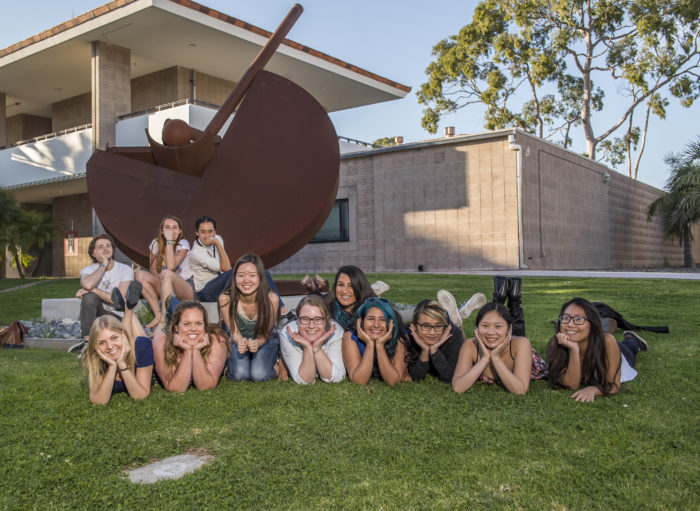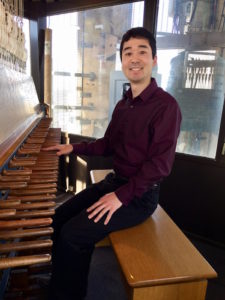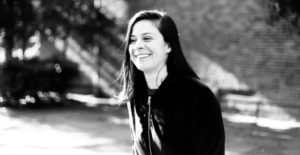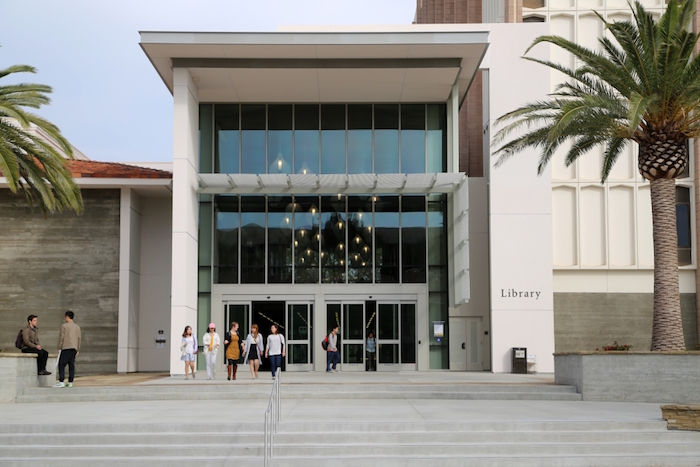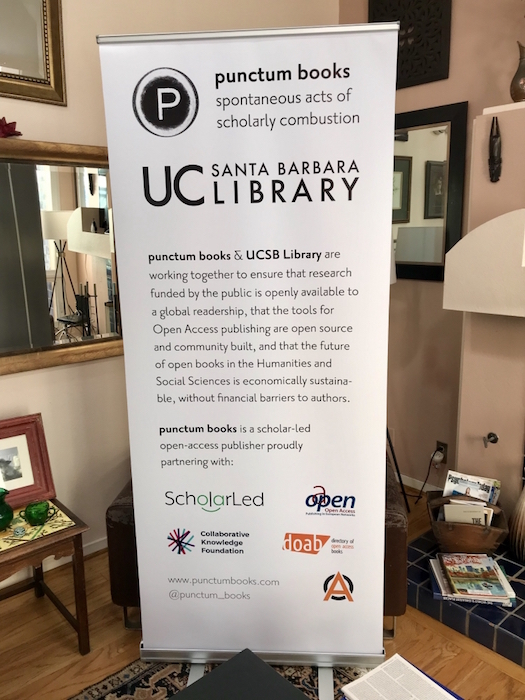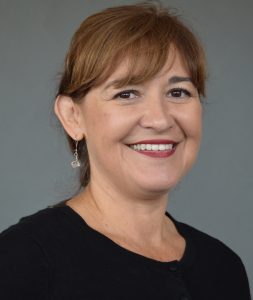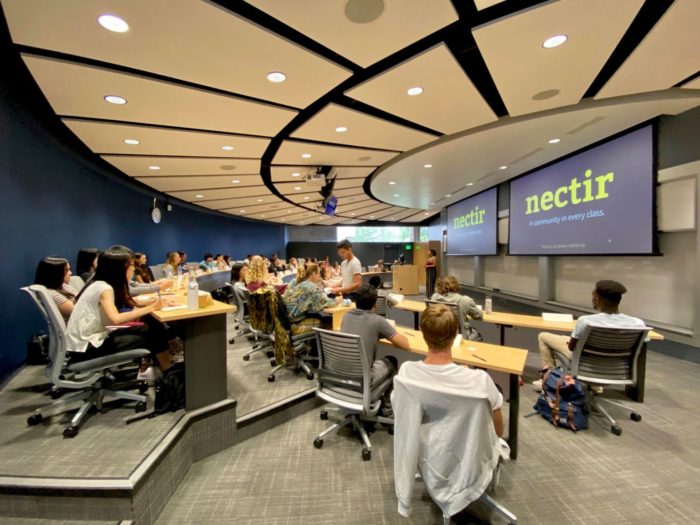
Students in UCSB’s Technology Management Program listen to a recent presentation on Nectir, a new system for connecting classrooms. | Credit: Courtesy
Preparation meets opportunity in UCSB’s Technology Management Program (TMP), which trained 2,400 undergraduate students last year alone.
The certificate program covers subjects such as business strategy, entrepreneurship, marketing, management, finance, and startup business models as well as current issues in technology, business, and society.
“Because UCSB doesn’t have a business school, students aren’t really exposed to the basics about what it’s like to work in an organization,” explained Kyle Lewis, TMP’s chair. “So we have courses that the students would otherwise not get.”
TMP is technically part of the College of Engineering, but it’s open to all students, and 80 percent who enroll are not engineers. “Often, these are very motivated students, and they’re taking our courses because they believe it will help them get jobs, and in fact it does,” she explained. “So we have a lot of students who have gone through the certificate who have been very, very successful on the job market with majors that could have made it more challenging for them to get good jobs.”
Lewis said that a primary goal is to keep students of all backgrounds aware of how technology is changing our world. “What we’re able to bring to the classroom is research that we’ve been doing for a long time that’s now very, very relevant,” she said. “How does tech influence human behavior and decision making? And how do humans affect technology?”
The COVID pandemic is making this sort of training all the more relevant. “Change equals opportunities in this type of environment,” said Dave Adornetto, the executive director of TMP’s entrepreneurship program. “So there’s just going to be all sorts of new problems to solve with technology.” He sees that revolutions are particularly underway for healthcare and education.
“The challenges, of course, are around engagement,” he explained, “how to keep people engaged when they are remote.”
Michael Curtis, who completed his Masters of Technology Management degree in June, is seeing these changes firsthand in his new job as an associate project manager at Apeel Sciences, which itself was launched after winning TMP’s New Venture Competition in 2012. He was hired in April, right as everyone went into full lockdown. “We had a virtual online orientation, and it went a lot better than I was anticipating,” Curtis said.
“I’ve been very pleasantly surprised with how much of a relationship I’ve been able to build with a lot of my coworkers. I thought that being online would be a little weird, but I do feel like I’ve been absorbed into the community and culture of Apeel.”
This kind of training and connection is becoming the new social norm. “With so much change happening in the world right now,” said Adornetto, “I’m excited to see what’s going to come out in terms of student creativity and ideas, because I think natural applications will emerge from their experiences with these technologies.”
Though TMP has long been associated with startups, that’s not the program’s only application. “A lot of the students are thinking about joining established firms, and they’re joining in positions where innovation is required,” said Lewis. “The skills and the learning are absolutely portable to all kinds of organizations where innovation has to occur constantly, and they are learning how to do that.” tmp.ucsb.edu
Tech Talk Special Issue for the Santa Barbara Independent, originally published on October 1, 2020.
To read the issue as it appeared in print, please click here, Tech Talk 768_10_01_20

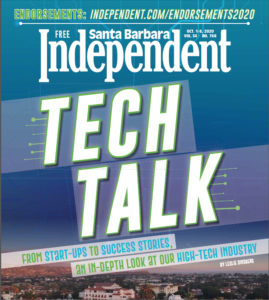
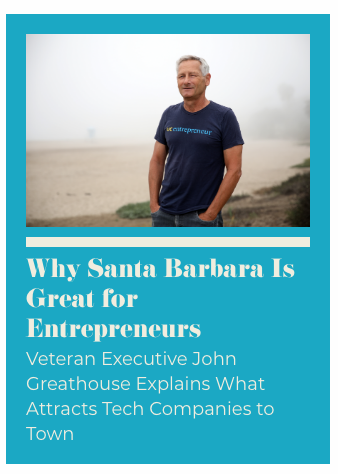
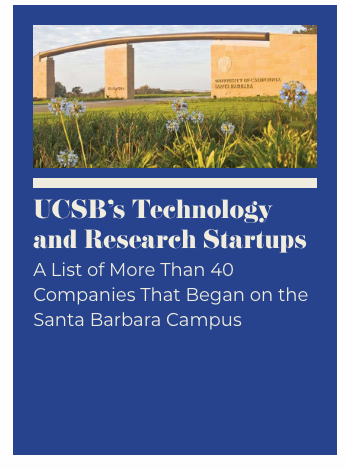
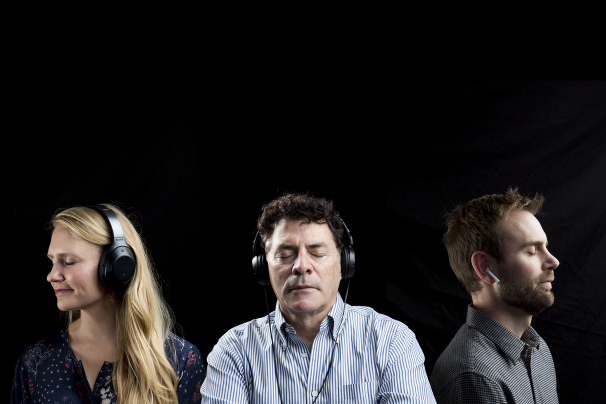
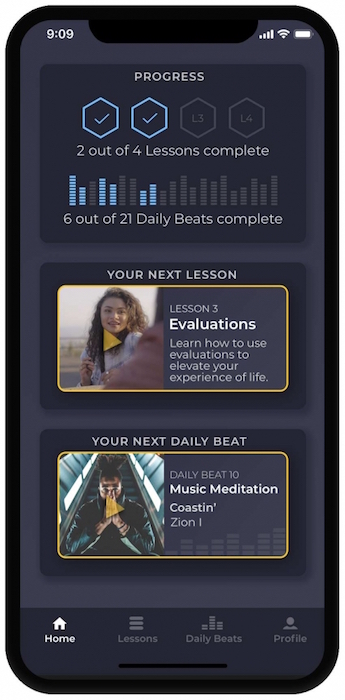
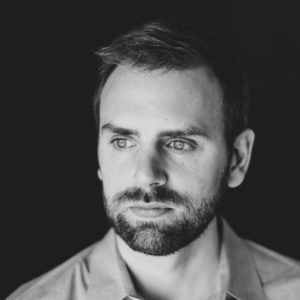
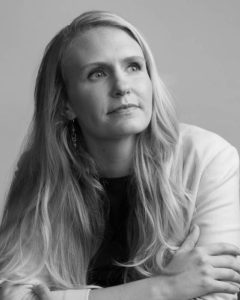
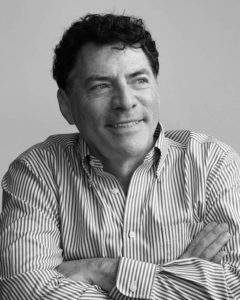

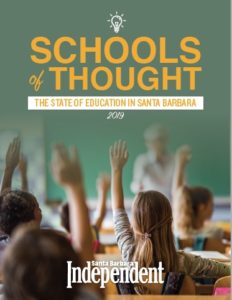 Click
Click 